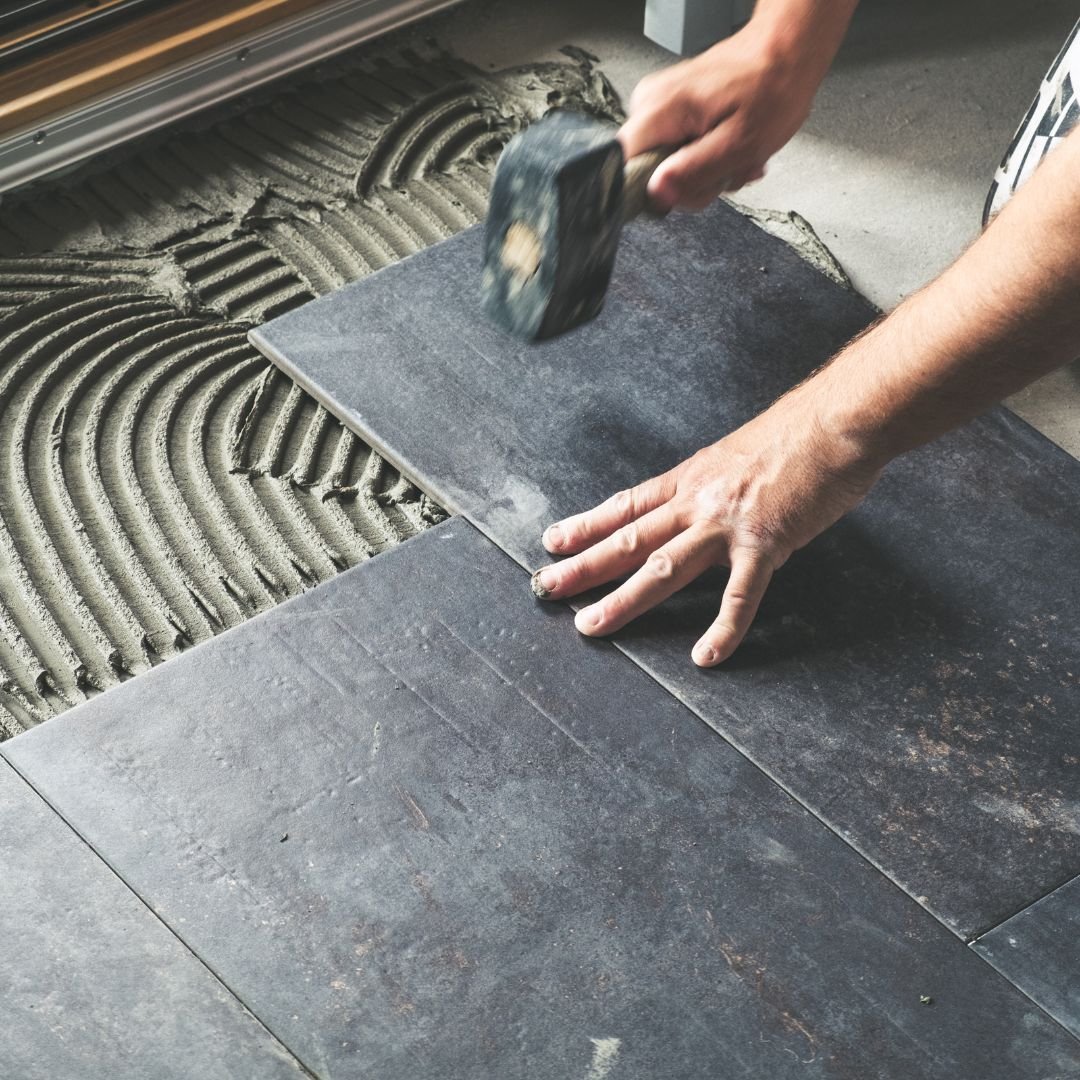Blog > Why Do Floor Tiles Become Loose and How to Fix the Issue
Why Do Floor Tiles Become Loose and How to Fix the Issue
Monday, February 02, 2025

Why Do Floor Tiles Become Loose and How to Fix the Issue
Loose floor tiles can be a frustrating issue in any home or commercial space. They not only pose a tripping hazard but also affect the overall aesthetics and durability of your flooring. Understanding the reasons behind loose tiles and knowing how to fix them properly can save you time and money while maintaining a well-kept surface. So, what are the common causes of loose floor tiles and what are the practical solutions to fix them?
Common Causes of Loose Floor Tiles Poor Adhesion During Installation
One of the primary reasons tiles become loose is improper installation. If the adhesive was not applied evenly or was of poor quality, the tiles may not have bonded securely to the subfloor. Over time, this weak adhesion causes them to lift and become unstable.
- Subfloor Movement or Settling
If the subfloor shifts or settles due to structural changes, the movement can cause the tiles to become loose. This is common in older buildings where foundations shift slightly over time. - Moisture Damage
Excessive moisture beneath the tiles can weaken the adhesive, causing them to lose their grip. This is particularly prevalent in bathrooms and kitchens where humidity levels are higher. - Thermal Expansion and Contraction
Temperature changes cause materials to expand and contract. If there is no allowance for expansion joints, the tiles can experience stress, leading to detachment from the adhesive. - Heavy Impact or Wear and Tear
Dropping heavy objects or prolonged foot traffic can weaken the bond between the tile and the adhesive. This is especially common in high-traffic areas like hallways and commercial spaces. - Wrong Type of Adhesive or Grout
Using an adhesive that is not suited for the specific tile material or environment can lead to weak bonding. Similarly, grout that is too thin or improperly applied can allow movement between tiles.
How to Fix Loose Floor Tiles
- Identify the Problem Area
Before making repairs, check the surrounding tiles to determine if the issue is isolated or part of a larger flooring problem. Gently tap on the tiles—hollow sounds indicate a loss of adhesion. - Remove the Loose Tile
Carefully pry up the loose tile using a putty knife or chisel. Be cautious to avoid damaging adjacent tiles. If the tile is intact, you can reuse it; otherwise, you may need a replacement. - Clean the Surface
Once the tile is removed, clean the old adhesive from the subfloor and the back of the tile. A scraper or sandpaper can help ensure a smooth surface for reapplication. - Apply New Adhesive
Use a high-quality tile adhesive suited for your flooring type. Apply it evenly on the subfloor using a notched trowel to ensure proper bonding. - Reinstall the Tile
Press the tile firmly into place, making sure it sits flush with the surrounding tiles. Wiggle it slightly to ensure good contact with the adhesive. - Allow the Adhesive to Set
Let the adhesive cure as per the manufacturer’s instructions—typically for at least 24 hours. Avoid walking on the tile during this period. - Reapply Grout
Once the tile is securely in place, reapply grout around its edges. Make sure to fill all gaps properly and wipe away excess grout with a damp sponge. - Seal the Grout (If Necessary)
To prevent moisture penetration, apply a grout sealer, especially in moisture-prone areas like bathrooms and kitchens.
Preventive Tips to Avoid Loose Tiles in the Future
- Always use high-quality adhesive and grout suitable for the tile type and location.
- Ensure proper subfloor preparation before installation.
- Leave expansion gaps if necessary to accommodate thermal movement.
- Address moisture issues promptly by using waterproof membranes in damp areas.
- Use appropriate tile installation techniques to minimize long-term issues.
By understanding the causes and solutions for loose floor tiles, you can maintain a stable, safe, and aesthetically pleasing flooring surface. If the problem persists, consulting a professional such as Jason’s Carpet and Tile at 954-231-4487 may be the best course of action to ensure a long-lasting fix.
